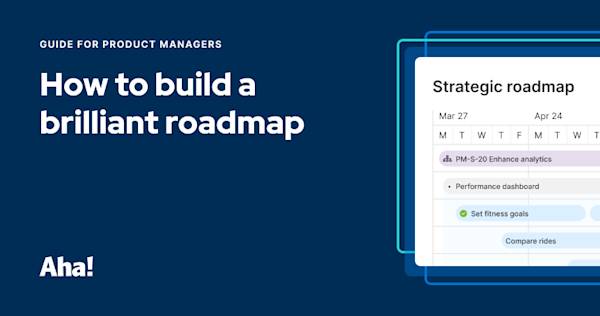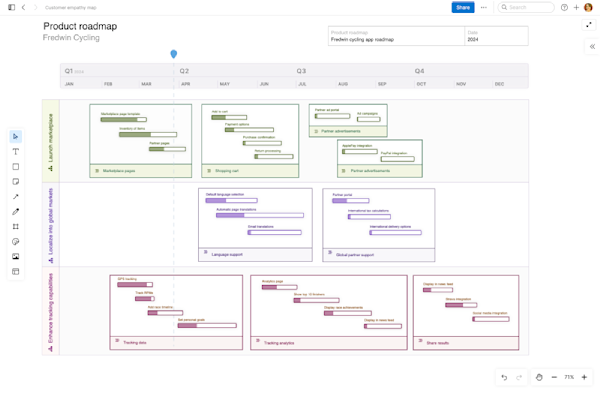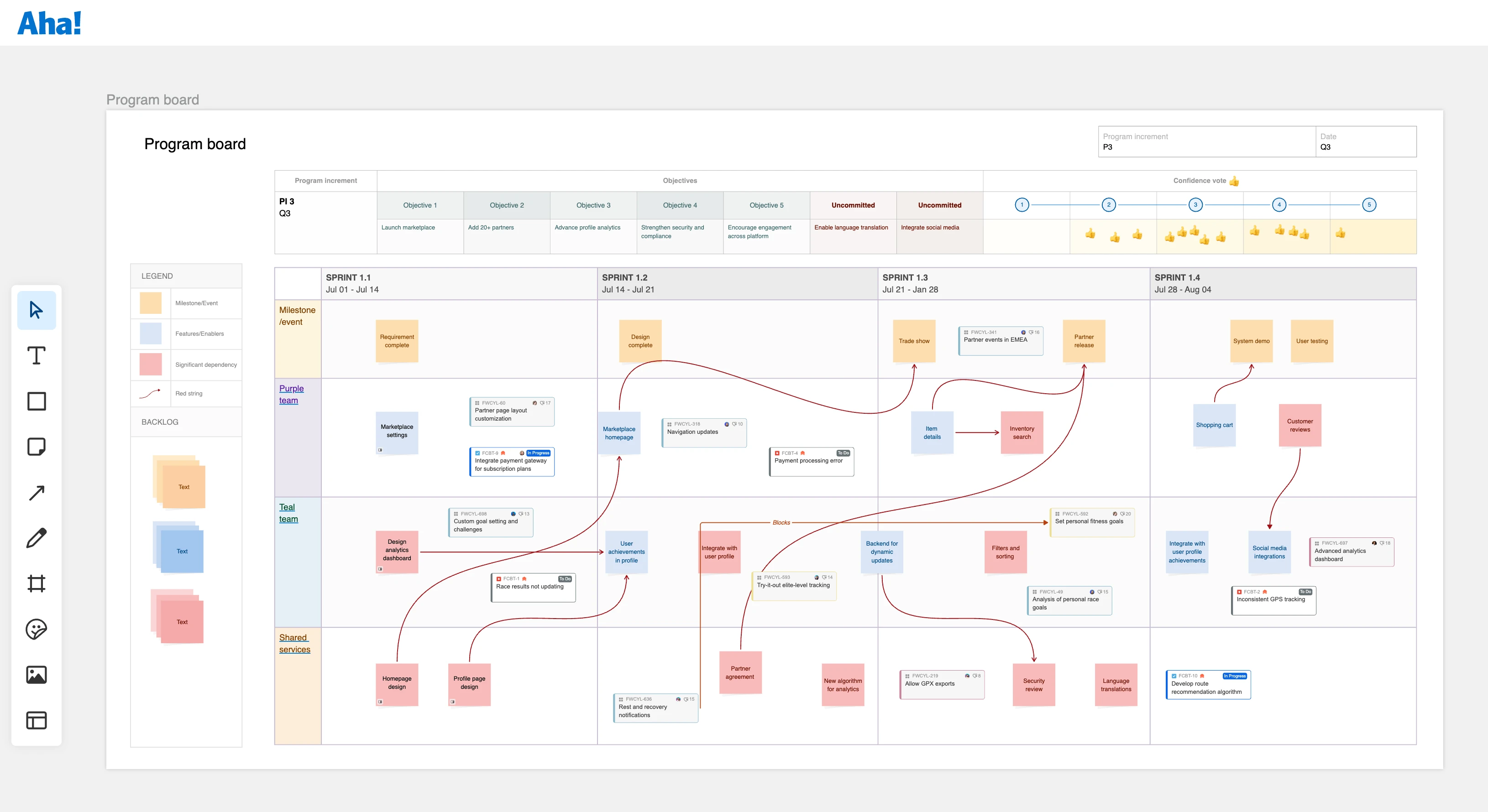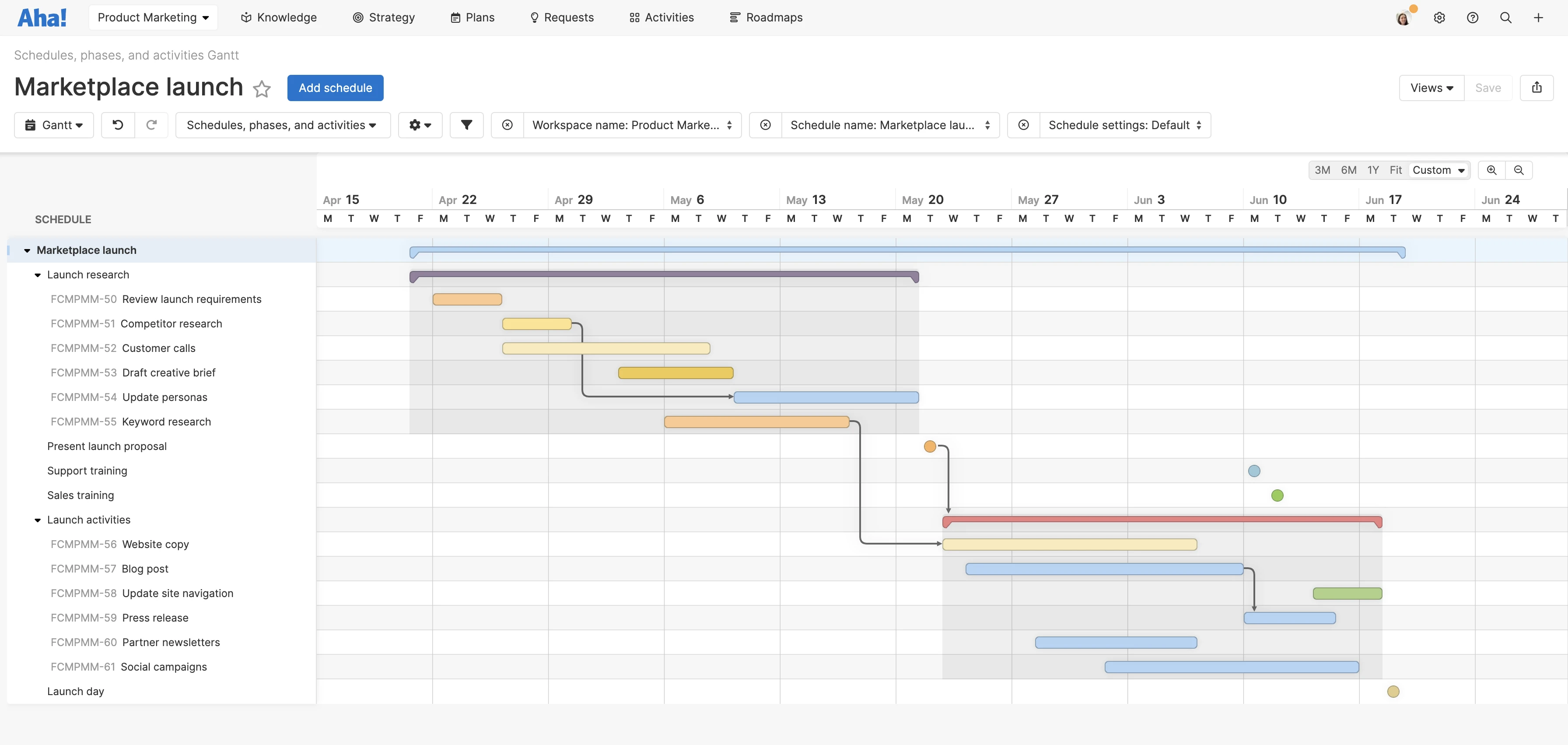PI planning vs. release planning
Last updated: September 2024
Your day, your week, your month ... even your year. 🎶 Product teams are always planning something — from long-term strategy to the next product launch and all that happens in between. With so much going on at once, sometimes plans get muddled. This is especially true when multiple plans seem to overlap.
PI plans and release plans are examples of this. On the surface, they appear similar. Both involve cross-functional product development teams planning to deliver large bodies of work. Both happen within set short-term time frames. And if you are a product manager at an enterprise organization, you might be involved in both types of plans.
But there are a number of key differences that define PI planning and release planning, including the role product managers play in each. It is important to understand these nuances so you can be confident in contributing to both planning types.




